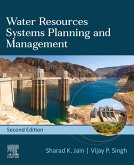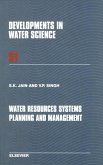
eBook, ePUB
12. September 2003
Elsevier Science & Techn.
Broschiertes Buch
Softcover reprint of the original 1st ed. 2007
2. April 2019
Springer / Springer Netherlands
978-94-024-1309-0
| Gebundenes Buch | 166,99 € | |
| eBook, PDF | 161,95 € |
Gebundenes Buch
2007
17. Januar 2007
Springer / Springer Netherlands
11564133,978-1-4020-5179-1
Ähnliche Artikel
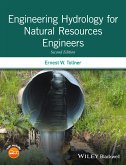
eBook, ePUB
17. August 2016
John Wiley & Sons
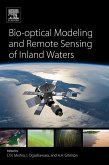
eBook, ePUB
28. April 2017
Elsevier Science & Techn.
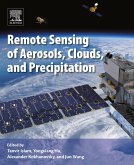
eBook, ePUB
18. Oktober 2017
Elsevier Science & Techn.
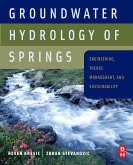




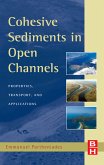
Ähnlichkeitssuche: Fact®Finder von OMIKRON

